Wedding photography is an art form that requires not only a creative eye but also a technical understanding of capturing the perfect moments. One important question for any wedding photographer to consider is whether to use Flash or not. When used effectively flash can add dramatic impact to your photographs and create some truly special memories that will last for years. However, there are also drawbacks and it’s important to weigh up the pros and cons before including flash in your wedding photography plan. Let’s explore how flash affects your photos and discover the perfect balance of lighting for your special day.
Types of Flash Wedding Photographers Need to Know
On-Camera Flash (aka Bounce Flash)
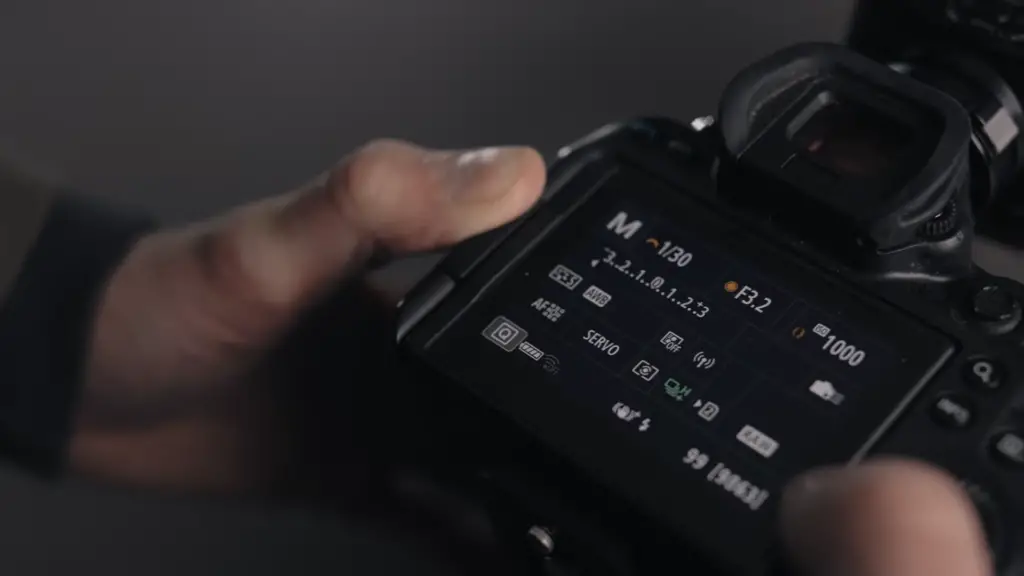
Off-Camera Flash (aka TTL Flash)
Off-camera flash (TTL) allows photographers to move the light source away from the camera, providing more flexibility and control over the lighting. This type of flash is perfect for creating natural-looking shadows, as well as adding depth to a photograph. It also works well when trying to capture photos in bright sunlight, since it can be used to fill in harsh shadows created by direct light. The primary drawback of TTL flash is that it takes longer to set up and generally requires more technical knowledge to get perfect results.
LED Lighting
LED lighting is an increasingly popular choice for wedding photographers as it offers a unique combination of portability, affordability and versatility. LEDs are great for creating soft, moody atmospheres that can be used to set the tone for any wedding day. However, they are not as powerful as flash and don’t work well in low-light situations. Therefore, it’s important to know when LED lighting is appropriate for the environment you’re shooting in.
Other Fun Flash Techniques
There are a few other fun flash techniques that can be used to create unique and interesting effects in your wedding photos. One example is the use of colored gels, which allow you to add a splash of color or set the mood with different hues. Another technique is using flash on its own to create dramatic silhouettes, or for interesting light painting effects [1].
Finding the Perfect Balance of Flash and Ambient Lighting
When photographing a wedding, it’s important to consider both the ambient light of the environment and the flash you are using. Finding a balance between the two can be tricky, but with proper planning and experimentation, you can achieve amazing results. A good starting point is to use your on-camera flash as a fill light for outdoor photos or to add more depth to your indoor shots. For nighttime photography, try adding off-camera flashes or LED lighting to create a more natural look.
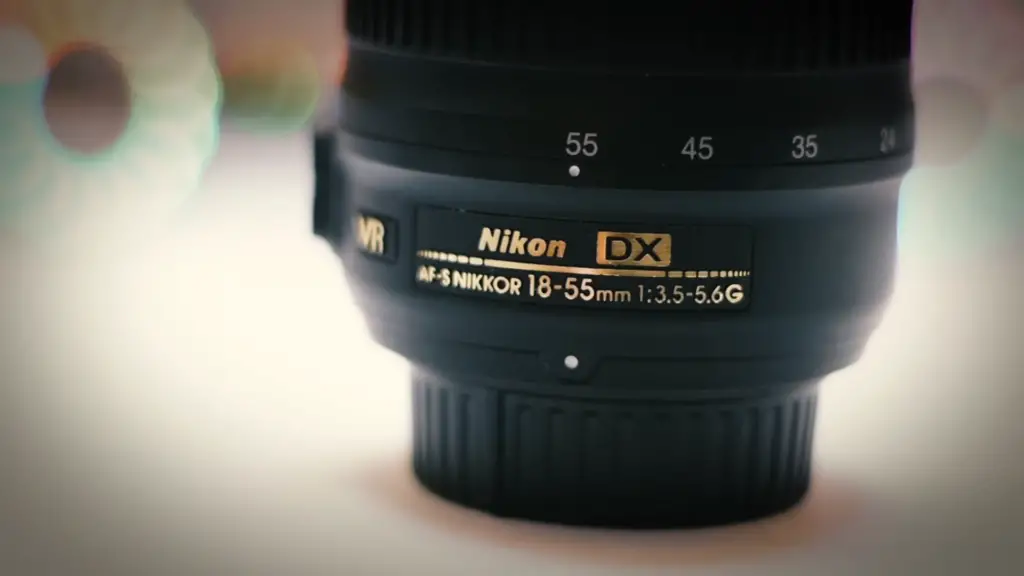
Flash photography can be an incredibly powerful tool for wedding photographers, but it’s important to have a good understanding of how different types of flash work to get the most out of your photos. By following these tips and experimenting with various techniques, you’ll be able to capture stunning wedding photographs that will last forever and bring back beautiful memories for years to come.
Wedding Photography Flash Gear
When shooting a wedding, photographers need to make sure that they have the right equipment for the job. Flash gear is an essential part of any wedding photographer’s arsenal and it can be tricky to decide what kind to go for. Here are some things to consider when choosing your flash gear:
- Budget – How much you want to spend on your flash gear will determine what kind of products you can buy. Consider the quality and features that come with different levels of pricing to get the most bang for your buck.
- Usage – What type of photography are you going to be doing? Will you be taking indoor shots, outdoor shots or both? Different types of photography require different kinds of lighting equipment to get the best results.
- Range – What is the maximum range you need your flash gear to have? If you are shooting outdoors, will you need a long-range or are most of your shots going to be close up?
- Features – Consider what kind of features you want from your flash gear such as wireless control, motorized zooming and automatic triggering.
- Portability – How portable do you need your flash gear to be? Are you going to be traveling with it or setting it up in one place?
- Durability – Does the flash gear need to be able to withstand the elements? Is it designed for professional use or is it a more affordable option that may not last as long?
The main parts of the flash gear are the light source, flash head and power source. The type of light source you choose will depend on your needs. Flash heads come in various shapes and sizes with different features that allow photographers to manipulate the light in different ways. Power sources can be either battery or mains powered depending on what is available in the situation.
The right flash gear is essential for a wedding photographer to get the best results possible. Consider all of these factors when buying flash gear to ensure that you make the right choice for your needs.
It is also important to remember that while spending more on your gear can result in higher quality, simply having the right knowledge and skills can be just as effective. Practicing with different light sources and techniques before the big day can help you get the most out of your equipment.
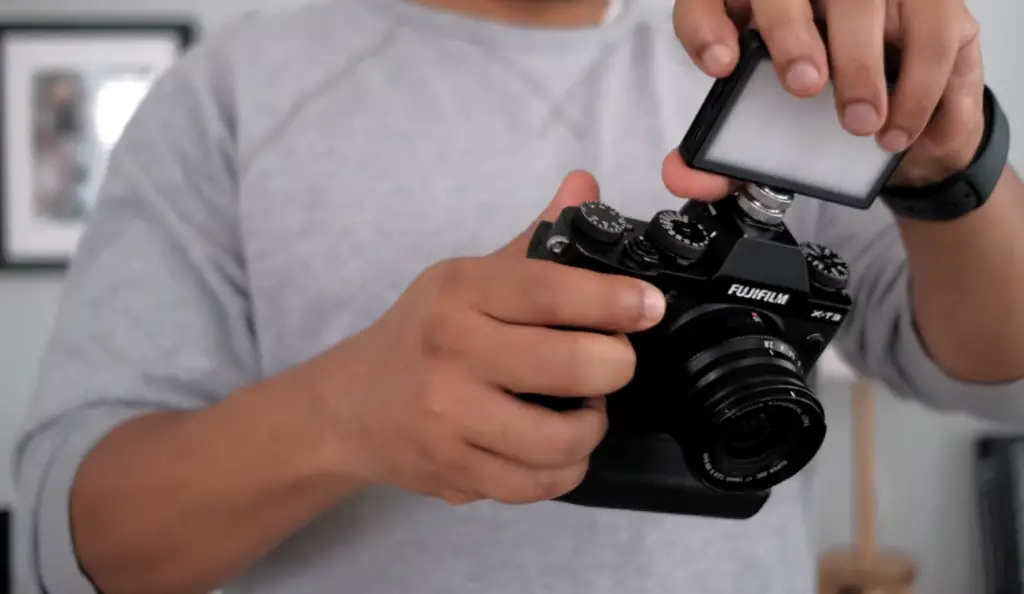
Once you’ve decided on a suitable flash gear, there are some additional accessories you may want to consider. These include radio triggers, light modifiers and stands.
Radio triggers are an affordable way to wirelessly control your flash gear from a distance. This allows for more creative freedom when shooting as you can move around without being tethered to the flash head. Light modifiers such as umbrellas or softboxes help diffuse the light source and create a more natural-looking image. Stands are essential for keeping the flash gear safe and secure while you shoot.
By investing in the right accessories, photographers can make sure they are getting the most out of their flash gear on the big day. With careful consideration, wedding photographers can ensure that they have all the right equipment to capture beautiful moments that will last a lifetime.
Learning how to get the most out of your flash gear can take time, so it is important to stay up-to-date with new techniques and trends in photography. Many photographers attend workshops or seminars to help them perfect their skills and gain more knowledge about different types of flash equipment. Taking advantage of these opportunities can be hugely beneficial for any wedding photographer.
By taking the time to consider all of these factors, you will be able to find the best flash gear for your wedding photography needs and set yourself up for success on the big day [2].
Why Should Photographers Use Flash at the Wedding?
Indoor Shoots
When shooting in a dimly lit interior, a flash can be an invaluable tool for creating beautiful and captivating images. By illuminating the entire scene, the flash brings out sharper shadows and more vibrant colors, resulting in visually stunning photographs. Moreover, it allows you to capture intricate details that would otherwise be lost in low light conditions, ensuring nothing goes unnoticed. Additionally, using flash indoors helps compensate for any natural lighting deficiencies that may exist within the environment, ensuring optimal lighting and a more professional outcome.

Fill-in Flash For Outdoor Shoots
When shooting outdoors, a flash can be used to fill in the areas of your picture that may otherwise lack brightness. This is especially helpful when taking pictures in bright sunlight, as it permits you to highlight certain sections and reduce harsh shadows. Additionally, since the sun’s position often changes throughout the day, using a flash can ensure consistent lighting for all shots taken within a particular time frame. This can be especially helpful when taking photos of individuals, as it helps create a more even and flattering complexion in portraits.
Creating Ambiance with Flash
Flash photography is also an excellent way to create an atmosphere and ambiance for specific shots. For example, using flash to light up the background of a photo allows you to capture a sense of depth and environment that would otherwise be absent. Additionally, experimenting with various settings and angles can lead to unexpected results, such as dreamy silhouettes or mysterious shadows on the walls. By playing around with your flash, you can create stunning visuals that will leave a lasting impression on viewers.
Freezing Action with Flash
Another great advantage of using flash in wedding photography is its ability to freeze motion, allowing you to capture split-second events. This can be especially useful when shooting processional walks or candid reactions from the guests. By freezing action with a bright light, the details and expressions of those within the frame become more pronounced, creating memories that will last a lifetime [3].
Flash Basics For Wedding Photographers
Wedding photos are a lasting memory of the big day, and capturing them well is key. For those who want to take their wedding photography to the next level, flash photography can be an effective tool. Flash photography allows for greater control over lighting and better photo quality in challenging conditions. Here are some basics to consider when taking on flash photoshoots for weddings.
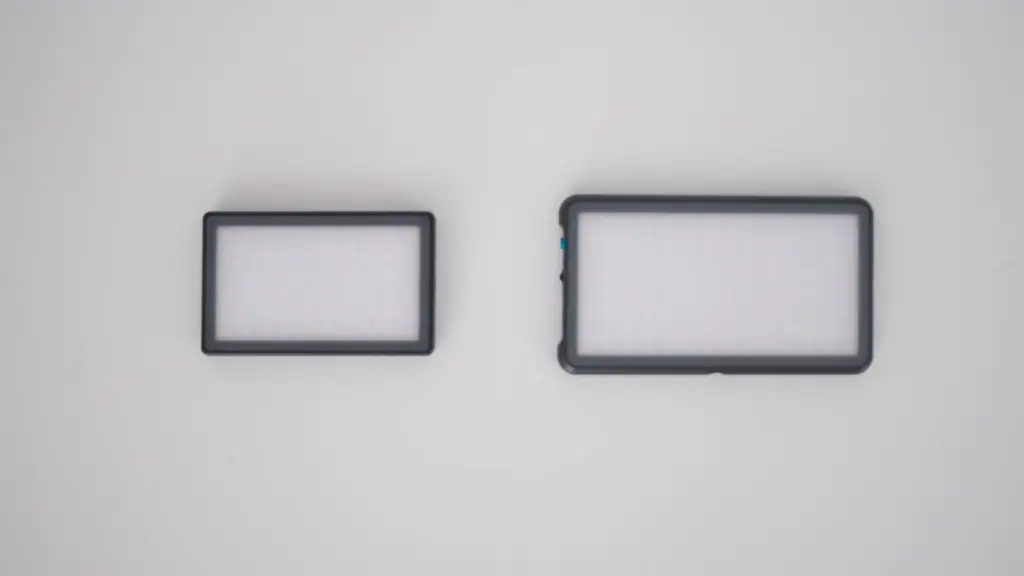
First, Know Your Camera
Before you begin, make sure you understand the ins and outs of your camera’s settings and capabilities. Knowing how to adjust the aperture, shutter speed, and ISO settings will give you greater control over exposure and create the desired effect for your images. You should also become familiar with any flash attachments available for your camera model so you can better understand what is possible with your equipment.
Pay Attention To Lighting
When photographing a wedding, lighting will play an important role in the success of your images. Pay close attention to the natural light available in each area you are shooting, and use it to its full potential. If necessary, bring supplemental lights for areas that lack enough natural light. When using flash, be aware of the size of each area so you can adjust your settings accordingly.
Set Your Flash To Complement The Scene
When using a flash, make sure it is set to complement the existing scene. If there is a lot of ambient light, set your flash to low power to avoid washing out the photos. Alternatively, if the area is darker, you can increase the power of your flash to achieve a brighter effect. Experiment with different settings until you find the best look for each photo.
Capture The Moment
Wedding photos are all about capturing special moments as they happen. Take time to observe what is happening and adjust your settings accordingly. Don’t forget to also capture candid moments, like the bride and groom sharing a special moment during their first dance or a bridesmaid laughing with the bride. These are the moments that will make the photos truly memorable.
Experiment With Different Angles
When taking wedding photos, don’t be afraid to experiment with different angles and perspectives. Take advantage of the variety of settings available to create interesting shots that capture all the beauty and emotion of the day. With flash photography, you can also use light creatively to add drama or texture to a scene.
By considering these flash basics when taking wedding photos, you will be able to take stunning images that perfectly capture the magic of each moment. With the right knowledge and equipment, you can create beautiful photos that will be enjoyed for years to come.
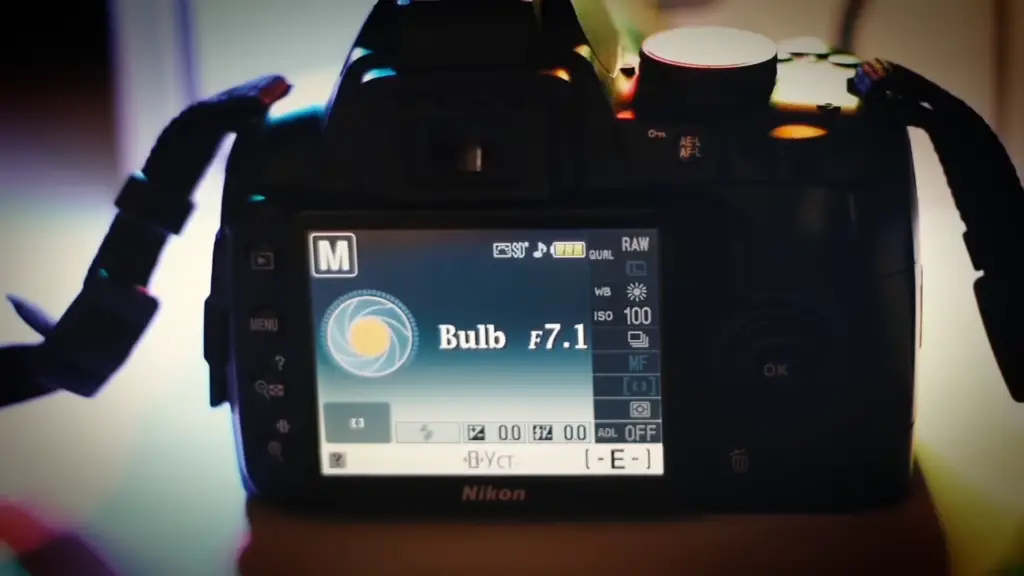
How To Choose The Right Flash
When it comes to choosing the perfect flash for wedding photography, there are a few key considerations to keep in mind. Firstly, power output plays a crucial role in ensuring that you have enough light to capture those magical moments. The flash should provide ample illumination without overpowering the scene or causing unwanted shadows.
In addition to power, size and weight are important factors to consider. You want a flash unit that is compact and lightweight, making it easy to carry and maneuver during the wedding shoot. This allows for greater flexibility and ensures that you can capture all the special moments without feeling weighed down.
Furthermore, look for features that enhance your control over the light output. A flash with a rotating head allows you to adjust the direction of the light, enabling you to create dynamic and visually appealing compositions. Adjustable power settings are also beneficial, as they give you the ability to fine-tune the intensity of the flash to suit different lighting conditions.
Before the big day, it’s crucial to put the flash to the test in various scenarios. This will give you a better understanding of how it performs in different settings, allowing you to make any necessary adjustments beforehand. By familiarizing yourself with the flash’s capabilities, you can ensure that you are fully prepared to capture stunning wedding photos that truly reflect the beauty and emotion of the occasion.
The “Natural Light Photographer” Problems
When it comes to photography, one of the biggest challenges is being able to capture natural light in a way that looks natural and realistic. Natural light brings out different tones and colors in photos that can be difficult to replicate with artificial lighting. This is why many photographers are turning towards the use of flash as an additional tool for capturing these unique characteristics.

However, there are a few key considerations that should be taken into account when utilizing flash photography. First of all, it’s important to make sure that the power output is appropriate for the scene. Too much light can overpower natural elements in the photograph and create an unnatural effect. Additionally, you’ll want to ensure that your camera is set up correctly to capture the flash in a way that is complementary to the scene. Settings such as shutter speed, ISO, and aperture should all be taken into account when creating your desired effect.
Finally, it’s essential to take note of the direction of light being used within the photograph. Depending on what you’re trying to capture, you may want to experiment with different angles and directions of light to achieve the desired results. Understanding these basics will help you create stunning photos with natural lighting and flash that look both realistic and beautiful.
It’s also important to remember that flash photography does not always have to be a tool used solely for capturing striking images in low-light situations; it can also be used creatively to add interesting elements such as motion and emotion to your photographs. For example, you can use light trails from cars or stars in the night sky to create dynamic images that evoke a certain mood. By experimenting with different angles, colors, and intensities of flash, you can uncover unique ways to capture scenes that would otherwise be impossible.
Is it possible to shoot a wedding without a flash?
Yes, it is possible to shoot a wedding without a flash. A good photographer can still capture beautiful images using available light, such as natural sunlight and ambient light. Some photographers even prefer to use minimal or no additional lighting equipment for the ceremony and reception. However, shooting with a flash has its advantages, including greater control over exposure and better quality of light than what is available in the environment. Flash can also be used to add interesting effects such as spotlighting and reflections. With a bit of practice, any photographer can develop their skills with flash photography and use it to capture stunning images at weddings.
Flash photography can add a creative element to wedding photos, but some technical considerations need to be taken into account. First of all, it is important to understand the properties of your flash devices. Many modern cameras come with built-in flashes, but these tend to be less powerful than external strobes. It is also important to consider the power output settings as this will affect how much light is produced and what kind of range you have for shooting in different environments. Lastly, understanding the capabilities of your flash units and how to adjust them for optimal performance will help you capture beautiful images.
Overall, flash photography can be a great way to add creativity to wedding photos. With the right understanding and practice, any photographer can use their knowledge and skills with flash photography to capture stunning images at weddings.
FAQ
Should You Use Flash in Photography?
The short answer is no, but the longer answer depends on what you need to do. Flash photography has its benefits; however, it also has some drawbacks that can be difficult to work around.
Flash photography can give your photos more contrast and greater depth of field. However, flash photography can create harsh shadows and bright spots on the subject in certain lighting conditions. It can also produce a washed-out or unnatural look to the photo if the flash is too strong.
When it comes to deciding whether or not you should use Flash, you need to take into account what kind of photography you’ll be doing and your desired results. If you want more contrast and depth of field, then using flash can be beneficial. If you want a more natural look, it’s best to use natural light instead.
It’s important to remember that using flash can also be dangerous for your subject or the environment if it’s too powerful. Additionally, some cameras may not be able to handle the high intensity of a flash and could overheat or damage the sensor.
How Do You Use Flash During Wedding?
Using flash during a wedding can be tricky, as the wrong settings could ruin some of the most important photos of your life. It’s important to get the right balance between darkness and light and choose the appropriate number of flashes depending on how much light is in the room.
For outdoor weddings, you may want to use a reflector or diffuser to reduce the intensity of the light and create a more natural look. Additionally, you may want to use a flash bracket to keep your camera steady and avoid any motion blur when taking photos.
When using flash indoors, it’s important to understand that flash can create harsh shadows on walls or other surfaces, so try to find ways to soften the light. For example, you could use umbrellas or bounce the light off of walls and ceilings.
Finally, make sure to adjust the settings on your camera’s flash accordingly so that you get the desired results. If possible, have someone else help you take some test photos with the flash before using it during the ceremony.
What Types of Flash Should You Use?
There are a variety of different types of flash available, and the type you use depends on what kind of photography you’re doing. For general photography purposes, a basic external flash unit should suffice. If you’re shooting in low light conditions or need more power, then an advanced external flash may be better suited for the job.
For wedding photography, it’s important to have a flash that can adjust the output depending on how much light is in the room and provide balanced lighting for your subject. Additionally, you may want to opt for a flash unit with an LCD so that you can quickly review your settings and make any necessary adjustments.
Do Photographers Use Flash at Night?
Yes, photographers use flash at night to help brighten up a scene. This is particularly useful in low-light situations where you need more light to capture the detail of a subject or landscape.
Using flash at night can be tricky because it’s easy to overexpose your photos if you don’t get the settings right. Additionally, flash photography can create harsh shadows that may not be desirable in certain situations.
To avoid these issues, you may want to use a combination of natural light and flash to achieve the desired results. Additionally, you should experiment with different angles and settings when using flash at night to find the best balance between darkness and light.
Useful Video: Wedding Photography: 5 Lighting Tips | Natural Light + Flash Photography
Conclusion Paragraph
A flash in a photography application can be a great way to capture interesting and unique shots. It provides an opportunity to create otherworldly images and add a dramatic touch to any photo. When considering the use of flash, many factors need to be taken into account, such as the available light, composition, distance from the subject, the power output of the flash unit and even the angle of the flash. The flash in wedding photography is extremely important as it helps to bring out the best in each photo, adding depth and texture to the images. Flash considerations are essential when taking pictures and should not be overlooked. With careful consideration of all these factors, photographers can make sure they capture amazing shots every time.
References
- https://petapixel.com/using-flash-in-wedding-photography/
- https://www.lencarta.com/studio-lighting-blog/best-wedding-photography-gear
- https://wildromanticphotography.com/melbourne/tips-advice/do-wedding-photographers-use-flash/






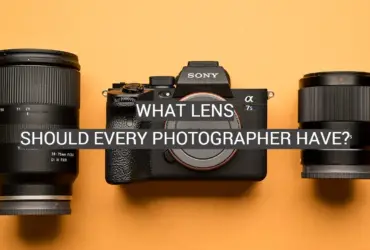


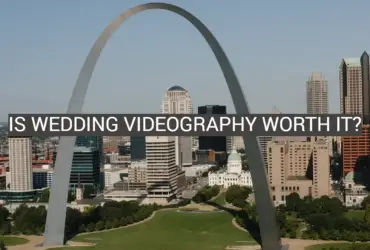
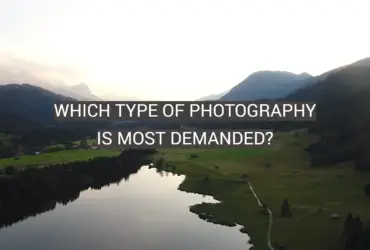
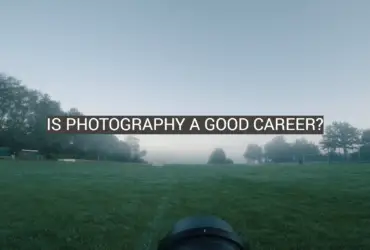
Leave a Reply